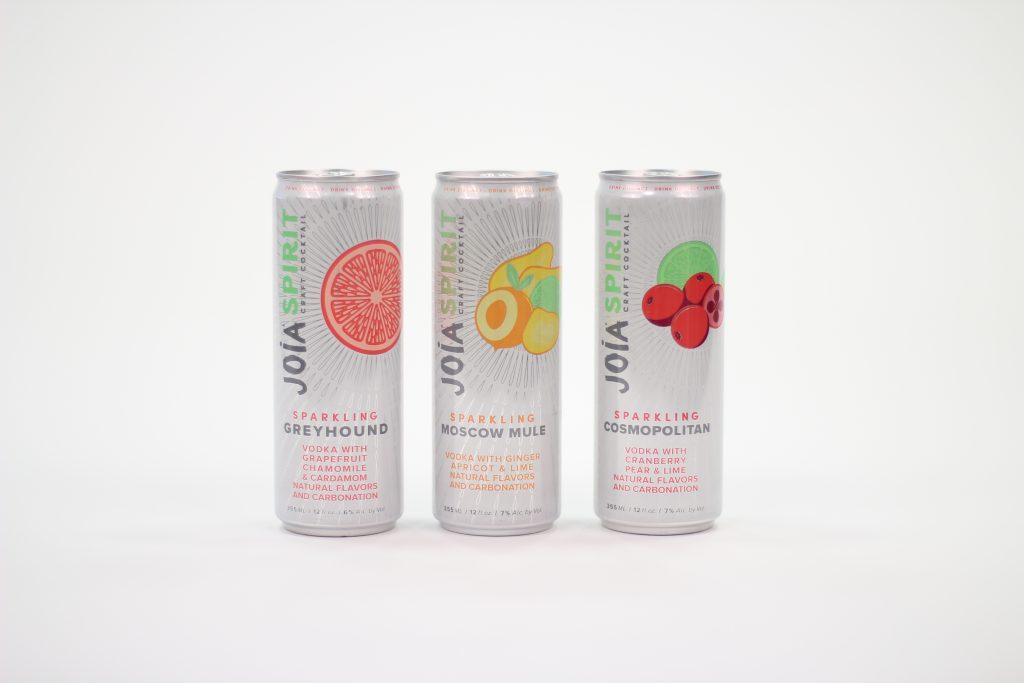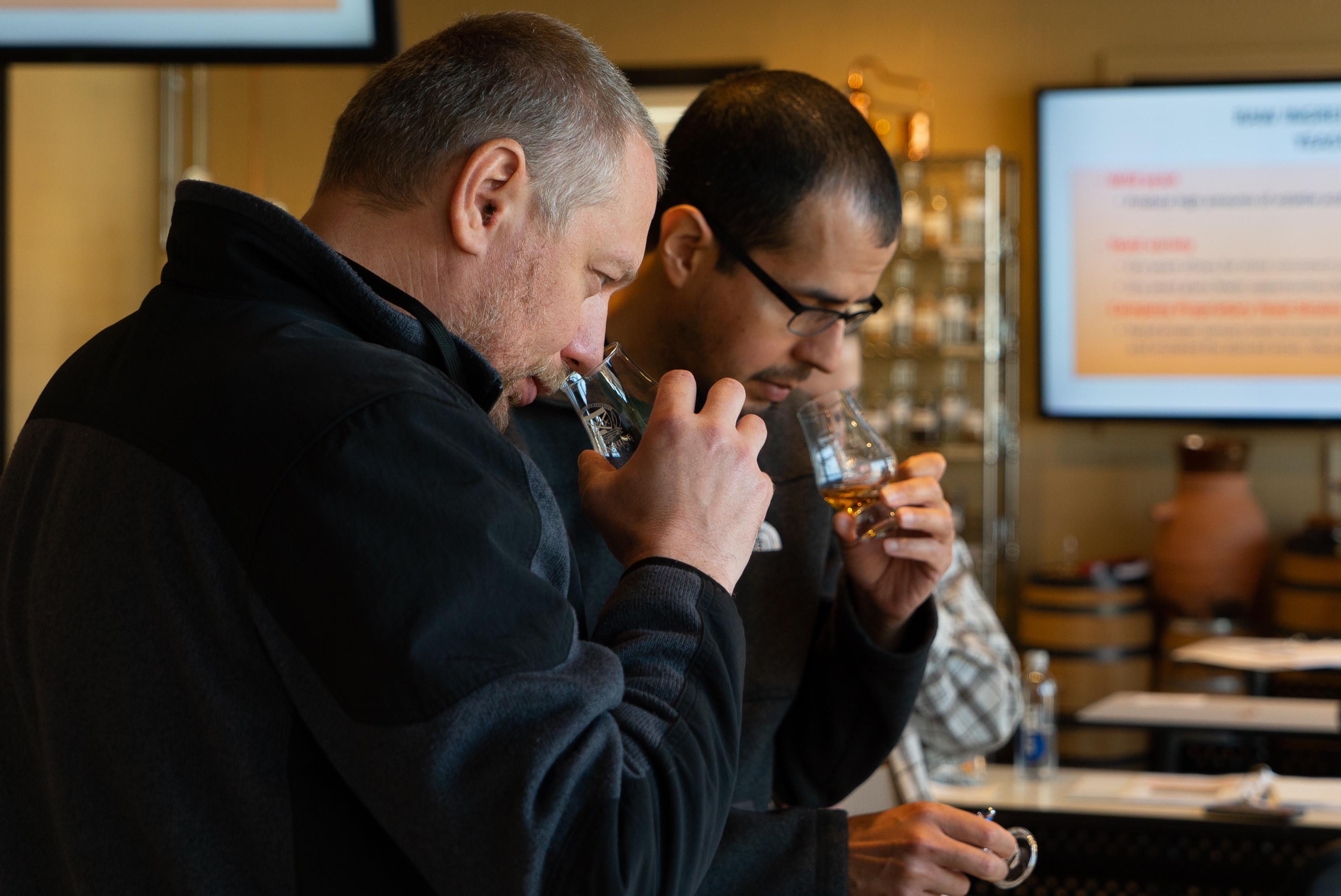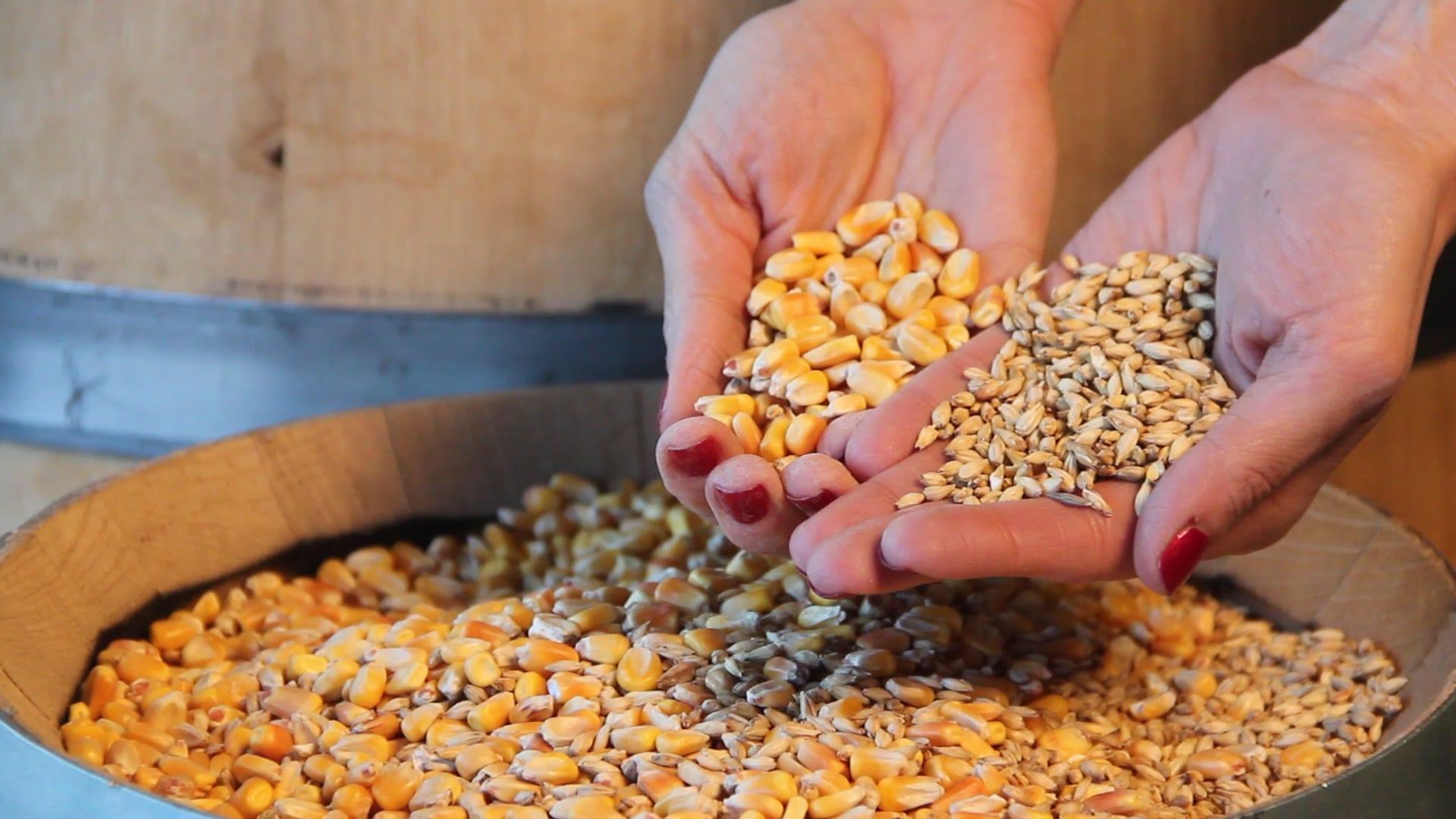
The Art of Non-Alcoholic Spirits
blog
For decades, spirits and cocktails have fostered a culture of craft, connection, and celebration. But over time, cocktail culture has evolved far beyond the buzz!

Written by Robert C. Lehrman, a lawyer at Lehrman Beverage Law, PLLC

Canned cocktails are one of the biggest trends at TTB in recent years. Even though the explosion of hard seltzers probably gets more attention, TTB approved more than 370 ready-to-drink (RTD) spirits labels for margaritas in just the past five years. This is to say nothing about the many other well-recognized RTD cocktail types, such as bloody marys, martinis and so forth.
The purpose of this article is to give you a heads up that it can be surprisingly painful to get such products approved. Every time we say we've handled scores of grasshoppers, for example, in the past, we are in for new and unpleasant surprises, to the extent we start to think it's routine. I will run through some of the most common reasons why.
First off, TTB keeps a quaint old list of "recognized cocktails" here. This list does not do an especially good job of recognizing that cocktails come and go like fashion, and there are many modifications upon even the most enduring themes.
The current list covers only a couple dozen cocktails and these are the ones that were popular when your father was young: cocktails like the grasshopper, apricot sour, mai tai, pink squirrel, and others.
If, perchance, your intended cocktail is on the list, TTB will be rather fierce about requiring you to include a few more or less random ingredients. For example, if you mention Margarita, the BAM guidelines require you to include at least the following ingredients: Tequila, triple sec, and citrus.
It's no big deal until — maybe 14 weeks into a 10-week timeline, you realize there is no triple sec in your product. This could cause pain not limited to, going all the way back to square one to find a triple sec, redo the formula and wait for it, and resubmit the label application (and then wait some more). TTB makes various exceptions from time to time, so this only makes the adventure more treacherous. Once your Margarita is all set, if you are making a wallbanger, don't forget the Galliano or similar.
Second, if you get so far as to include all the right ingredients, TTB will probably require you to say MADE WITH on the front label, and then list the main sources of alcohol. So, on our Margarita example, you would say MADE WITH TEQUILA & TRIPLE SEC.
This manner of labeling is similar to but not the same as that required for distilled spirits specialties (that is, miscellaneous spirits products that don't fit under any common type such as vodka, nor do they fit under any of the listed cocktail types). For specialties, in contrast to cocktails, TTB would want you to list all the main ingredients (alcohols, colors and flavors) on the front label, and avoid saying MADE WITH.

Third, canned cocktails can be tricky because, unlike vodka and whiskey for example, they almost always involve a formula approval, and have at least one flavor. The flavor will need one TTB approval with the corresponding forms and wait. The end product will need yet another TTB approval — with corresponding forms and the wait. A lot can go wrong at each stage.
Finally, the biggest reason canned cocktails can get jammed up is because a lot of the RTD companies seem to want to tout a few of the key ingredients. This is well and good so long as the ingredients are really in there and properly described (that is, lime is not the same as lime flavor). The problem arises when you attempt to highlight the lime — without touting the other ingredients. In general, TTB does not want you to cherry pick and call out some important ingredients without calling out all. It can also be hard to understand what sorts of ingredients always need to be called out on labels (FD&C Yellow 5) and which almost never need to be called out (water, citric acid, sugar).
If your spirits cocktail is in a can, you might have a few extra issues like what container sizes are allowed, state redemption labeling, and what to say instead of "bottled by." All in all, there are lots of opportunities for a small disagreement to lead to massive delays.

Written by Robert C. Lehrman, a lawyer at Lehrman Beverage Law, PLLC, in metro Washington, DC. Since 1988 he has specialized in the federal law surrounding beer, wine and spirits, such as TTB permits, labels, trademarks and formulas. The firm has six beverage lawyers, over 50 years of combined experience, and publishes a blog on beer, wine and spirits trends, at www.bevlaw.com/bevlog.
Related Content
Building Distributor Confidence through Branding
What's in a Name? The Importance of Branding Your Craft Distillery and Spirits

blog
For decades, spirits and cocktails have fostered a culture of craft, connection, and celebration. But over time, cocktail culture has evolved far beyond the buzz!

blog
Those that are familiar with the process of crafting distilled spirits may also be familiar with the 10 common congeners that are created during fermentation, and honed during the distillation run. Each congener has its own distinct personality, rendering unique tastes and aromas to the finished spirit.

blog
So, you want to start distilling with freshly milled grain. Maybe you're tired of paying top dollar for the pre-milled stuff from the malt distributor, and you're ready to invest in the quality, efficiency, and bulk pricing that comes with milling your own whole grain. But where do you start?